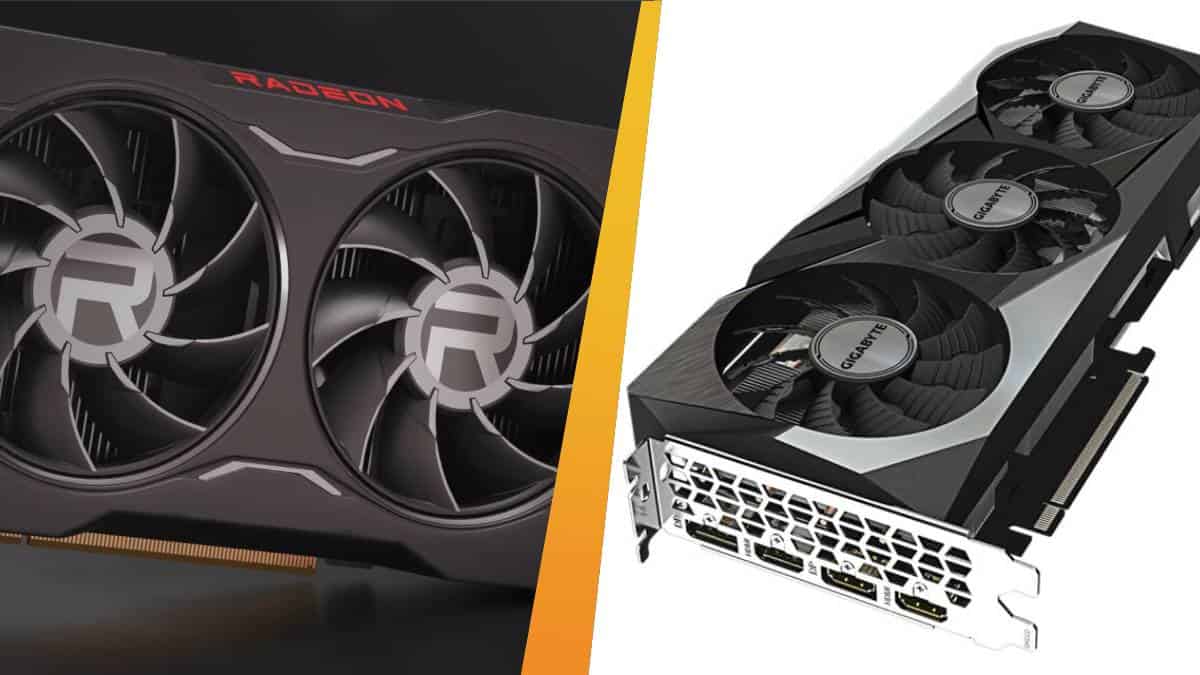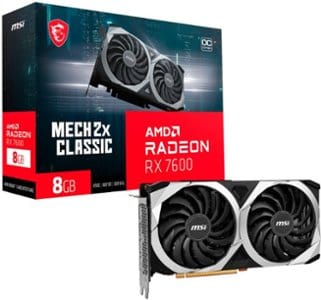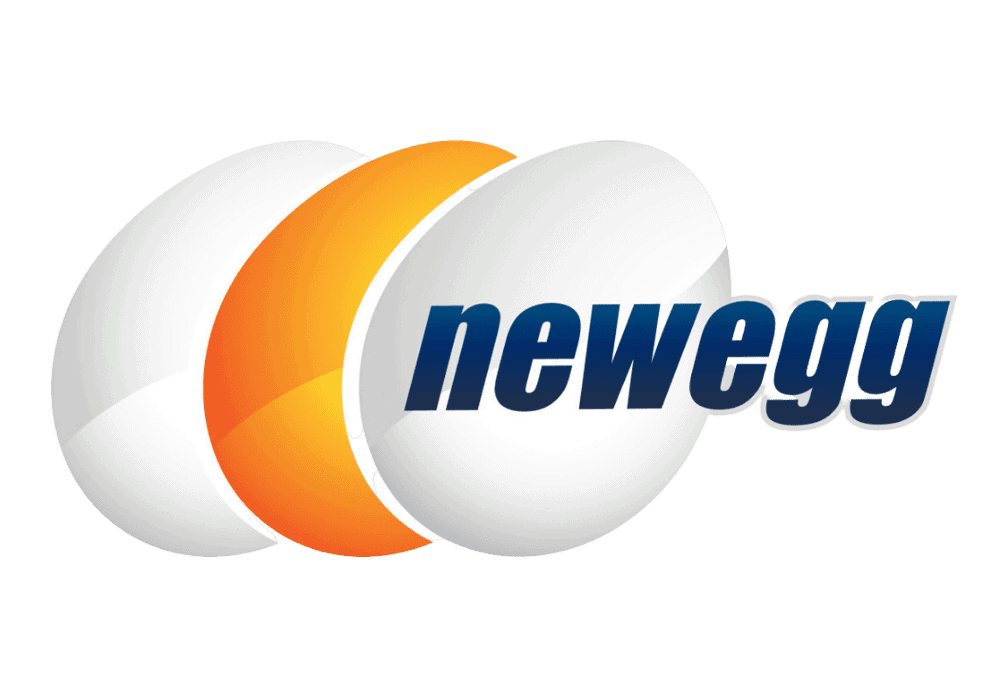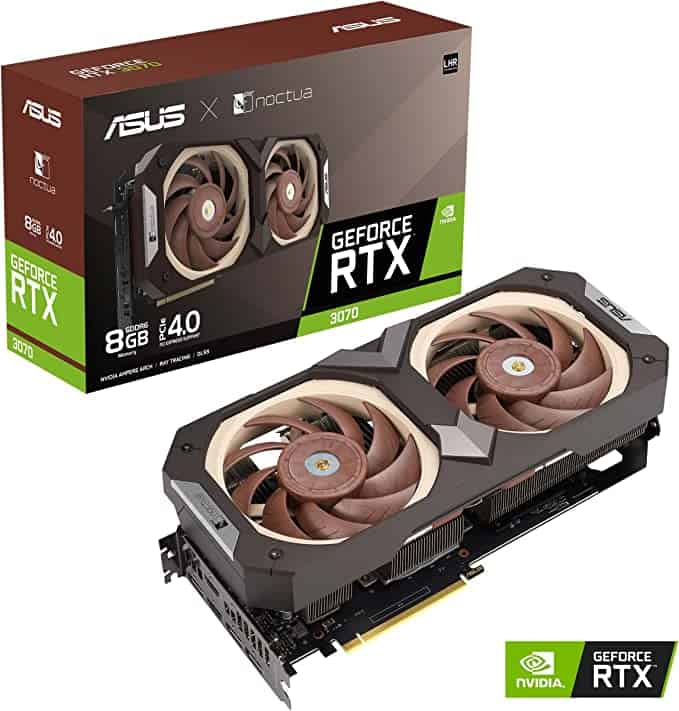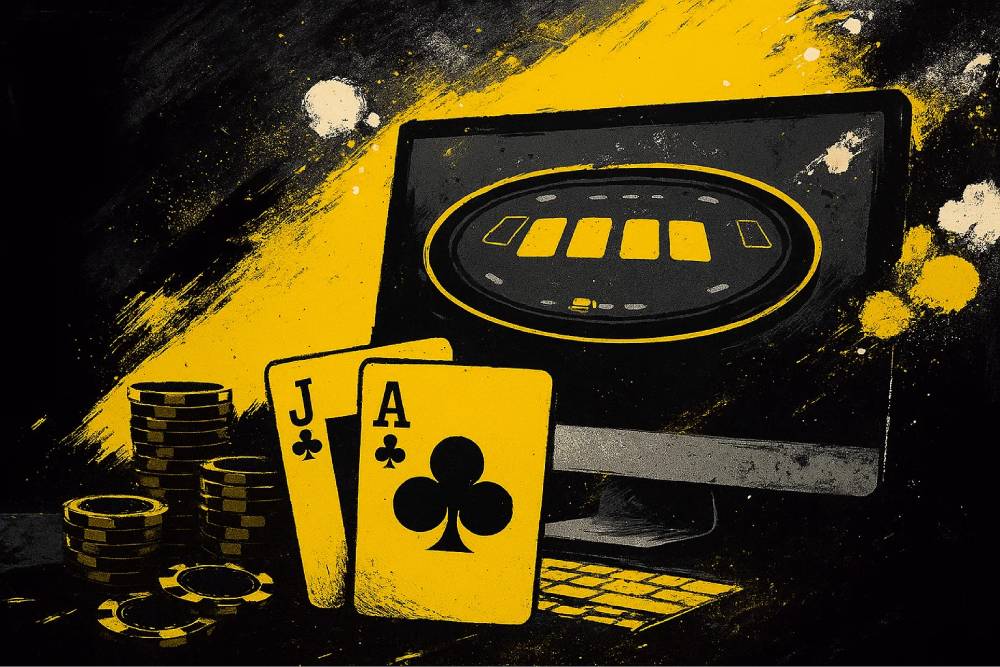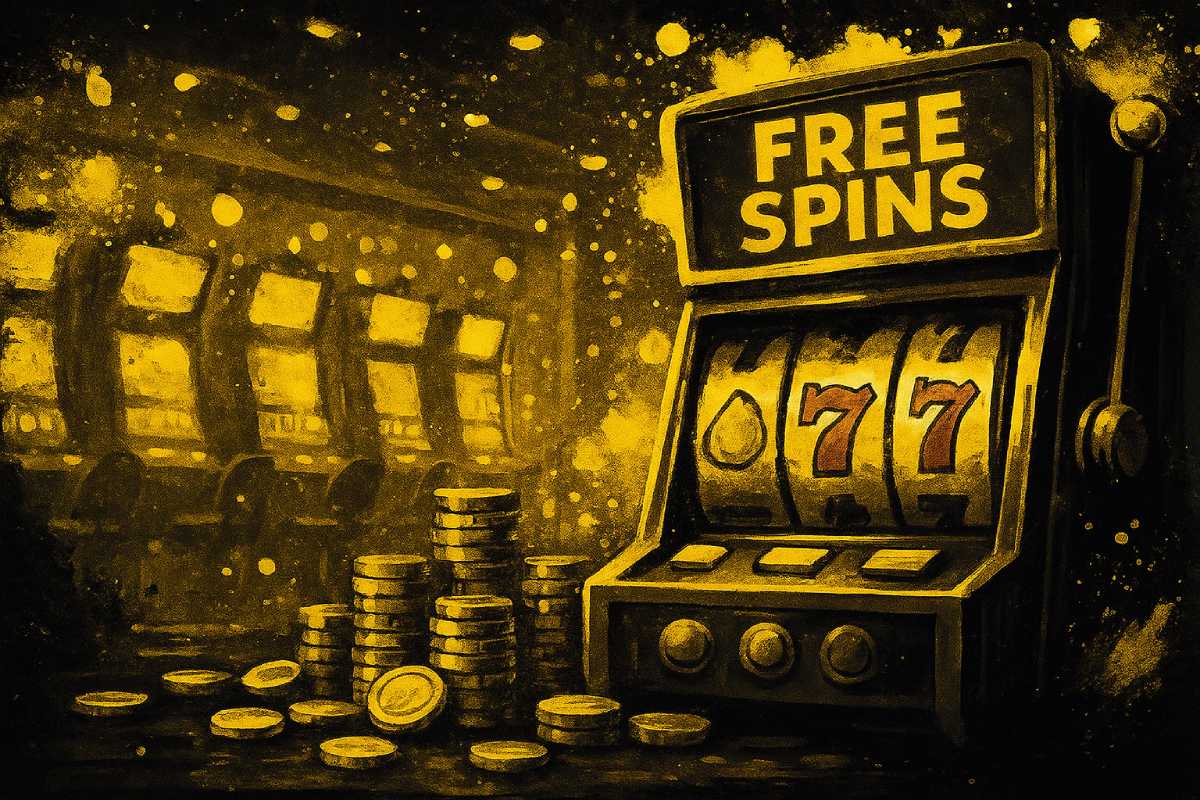You can trust VideoGamer. Our team of gaming experts spend hours testing and reviewing the latest games, to ensure you're reading the most comprehensive guide possible. Rest assured, all imagery and advice is unique and original. Check out how we test and review games here
We’re looking at the RX 7600 specs vs RTX 3070 to see how AMD’s new card shapes up compared to the competition.
The RX 7600 released on May 25th as a very affordable, entry-level 1080p GPU. Its low price is probably one of the most exciting things about the card, costing less than $300 depending on which model you go for. The RTX 3070 has been out for a while now but is still a very capable bit of kit. Its high power and performance rating has made it a hit with many gamers, and that popularity is yet to let up.
To keep things simple we’ve broken our comparison down into different sections. We’ve made sure it’s clear when we are relying on unconfirmed information too, so you can keep track of what’s what. Let’s get into it.
RX 7600 vs RTX 3070 – specs comparison
| RX 7600 specs | RTX 3070 specs | |
| Architecture | RDNA 3 | Ampere |
| Cores | 2,048 | 5,888 |
| Base Clock (MHz) | 2,250 | 1,500 |
| Boost Clock (MHz) | 2,655 | 1,750 |
| Memory | 8GB GDDR6 | 8GB GDDR6X |
| Memory Bus | 128-bit | 256-bit |
| Memory Bandwidth | 288GB/s | 448GB/s |
| TDP | 165W | 200W |
The RX 7600 has 2,048 Stream Processor cores and an impressively high 288GB/s bandwidth. The cores, along with 8GB of VRAM, are a large part of what’s responsible for generating the graphics, while the bandwidth dictates how quickly that information can be moved around your PC. This would make the RX 7600 one of the best GPUs for 1080p.
However, while the performance of the RX 7600 is fairly strong, the RTX 3070 has a more impressive specs list. There’s more than double the core count, making for more sheer computing power, coupled with superior GDDR6X memory. This has a higher bandwidth than the GDDR6 memory the RX 7600, though both have 8GB overall which is disappointing. The bandwidth is also higher, thanks in part to the GDRR6X memory and in part to the larger memory bus.
Larger numbers aren’t always better, however. For example, the higher TDP of Nvidia’s card means that the best PSU for the RTX 3070 will cost more than one which would work well with the RX 7600. It will also mean that it is more expensive to run in general.
RX 7600 vs RTX 3070 – architecture
The RX 7600 has RDNA 3 architecture, which is right at the cutting edge. It features the second generation of AMD’s infinity cache. This technology was created by engineers at the company who wanted to massively expand the bandwidth capabilities of their cards without having to drive up prices with expensive 512-bit memory. This means that performance is improved while costs are kept low
RDNA 3 also has greatly improved ray tracing performance thanks to second-generation cores dedicated to the technology, as well as brand new AI accelerators which use deep learning algorithms to optimise performance without drawing more computing power.
While the Amphere architecture of the RTX 3070 might not be as new or high-tech as Nvidia’s latest architecture, Ada Lovelace, it is still very capable. Its second-generation ray tracing cores helped establish Nvidia as the company making the best GPUs for ray tracing, and there are third generation Tensor cores there to power DLSS 2. This is a feature only compatible with certain games, within which the performance improvements are stark, boosting frame rates significantly at all resolutions.
RX 7600 vs RTX 3070 – performance
The RX 7600 is aimed at the mid-range gaming market, trying to bring fast frame rates in top games down to an affordable level. As such, we would expect this card to have a brilliant 1080p gaming performance, all the way up to high and ultra settings.
This performance will likely take a slight dip for 1440p and could end up not being recommendable for 4K. This potential focus on 1080p doesn’t necessarily need to be seen as a weakness. The majority of gamers out there exclusively play in that resolution, in part because getting the best 4K gaming monitors drives up costs.
The RTX 3070 meanwhile, has established itself as one of the best GPUs for 1440p, it can also handle 4K on decent settings, though UHD is not one of its main strengths. While we cannot say for sure until the RX 7600 is out, we reckon the RTX 3070 will also have better ray tracing abilities.
RX 7600 vs RTX 3070 – price
The RTX 3070 was released with an MSRP of $499. While you might have hoped this would have dipped with the release of the 4060 Ti that price has actually remained around there since then.
Meanwhile, the RX 7600 has an MSRP of $269 which makes it a remarkably affordable graphics card. While gamers have complained about its 8GB RAM, its sub $300 pricetag makes things slightly better. You can check out where to buy it below:
MSI RTX 3070 VENTUS 2X OC

Base Clock
1,500MHz
Boost Clock
1,755MHz
VRAM
8GB
Dimensions
9.1 x 4.9 x 2in
Recommended PSU
550W
RX 7600 vs RTX 3070 – final word
Your final choice ultimately comes down to a question of preference.
Ultimately the price to performance level of these two cards is likely to be pretty similar. The RTX 3070 should end up costing slightly more and, in return, will perform slightly better than the RX 7600.
If you are looking to game on a tight budget the RX 7600 looks set to be one of the most affordable next generation GPUs on the market, giving you high graphic quality for a low price. Its low TDP will also ensure the other components around it can be less expensive too. The RTX 3070 meanwhile, will most likely offer you better performance, especially when ray tracing is enabled. If you have the dollars to spare for it, it will offer you a good return on that investment.
